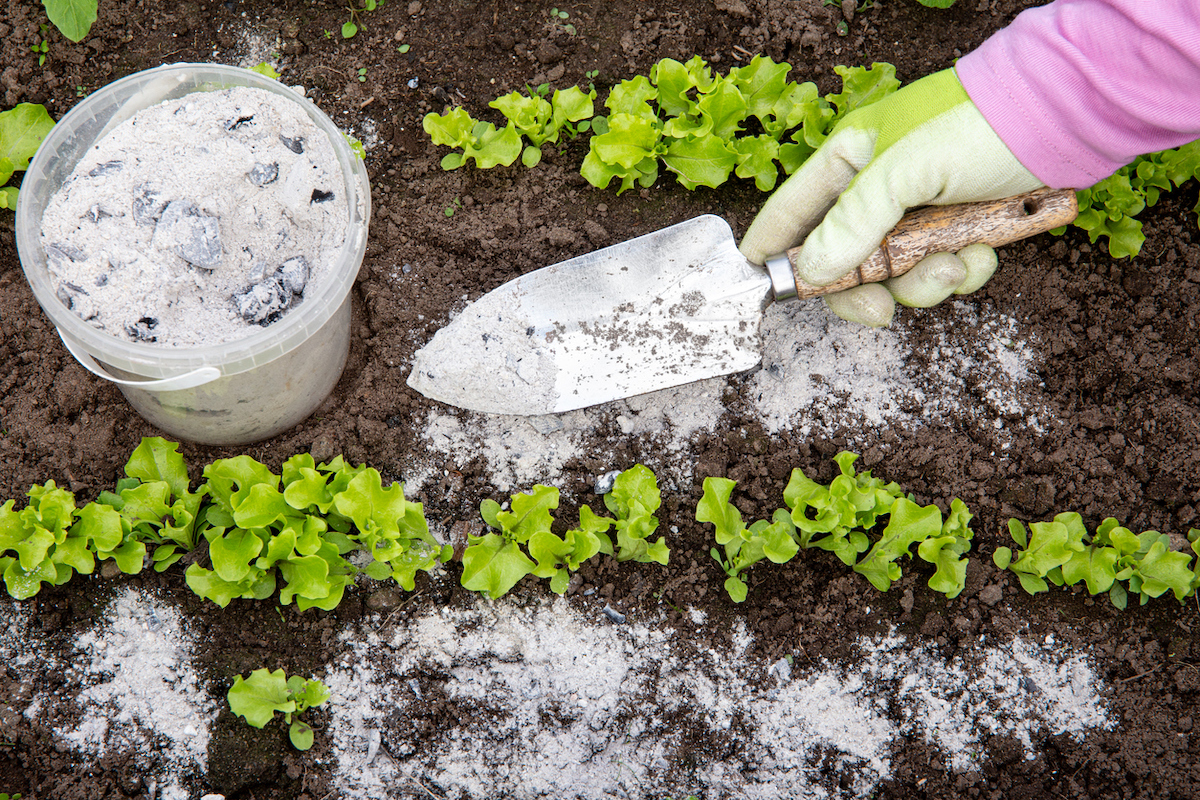We may earn revenue from the products available on this page and participate in affiliate programs. Learn More ›
Commercial fertilizer puts vital nutrients back into the soil, but it can be harsh on plants and the surrounding environment. On average, crops only take up about half of the nitrogen deposited by commercial fertilizers—the rest makes its way into waterways or breaks down into harmful greenhouse gas.
To give the environment—and your wallet—a break, try one of these DIY plant-growth solutions instead.
1. Wood Ash
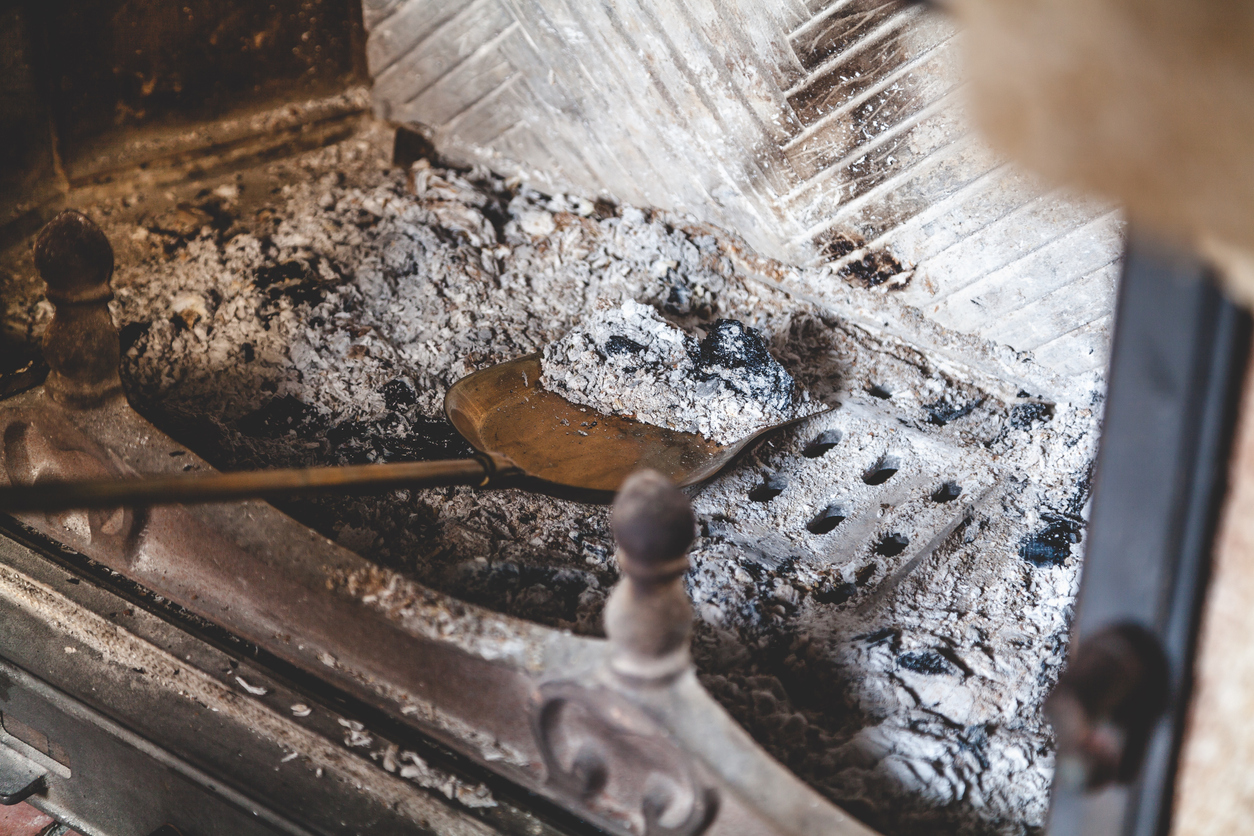
Wood ash has a high alkaline content, which makes it great for neutralizing acidic soil. To determine if your soil could benefit from an application of wood ash, first purchase a soil test kit at any garden center and test a small sample of soil from your garden beds. Before you add any ash to your garden, make sure it is completely cool to the touch.
RELATED: 15 Things You Didn’t Know Sawdust Can Do
2. Bananas
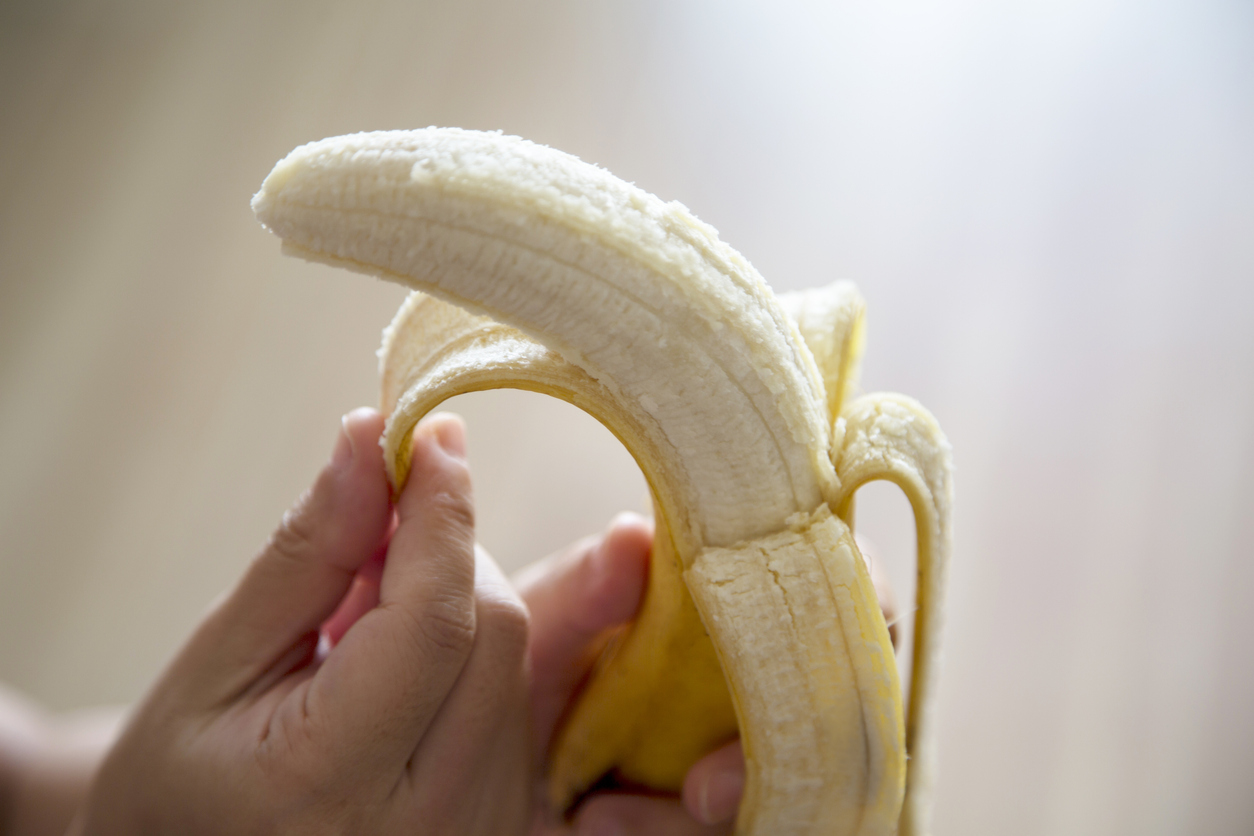
Chop up banana peels, then bury them in the soil when you plant tomatoes, rose bushes, or green pepper plants. The potash and phosphorus content in the peels will enrich the soil and strengthen your plants.
RELATED: 7 Times to Throw Garbage in Your Garden
3. Compost Tea
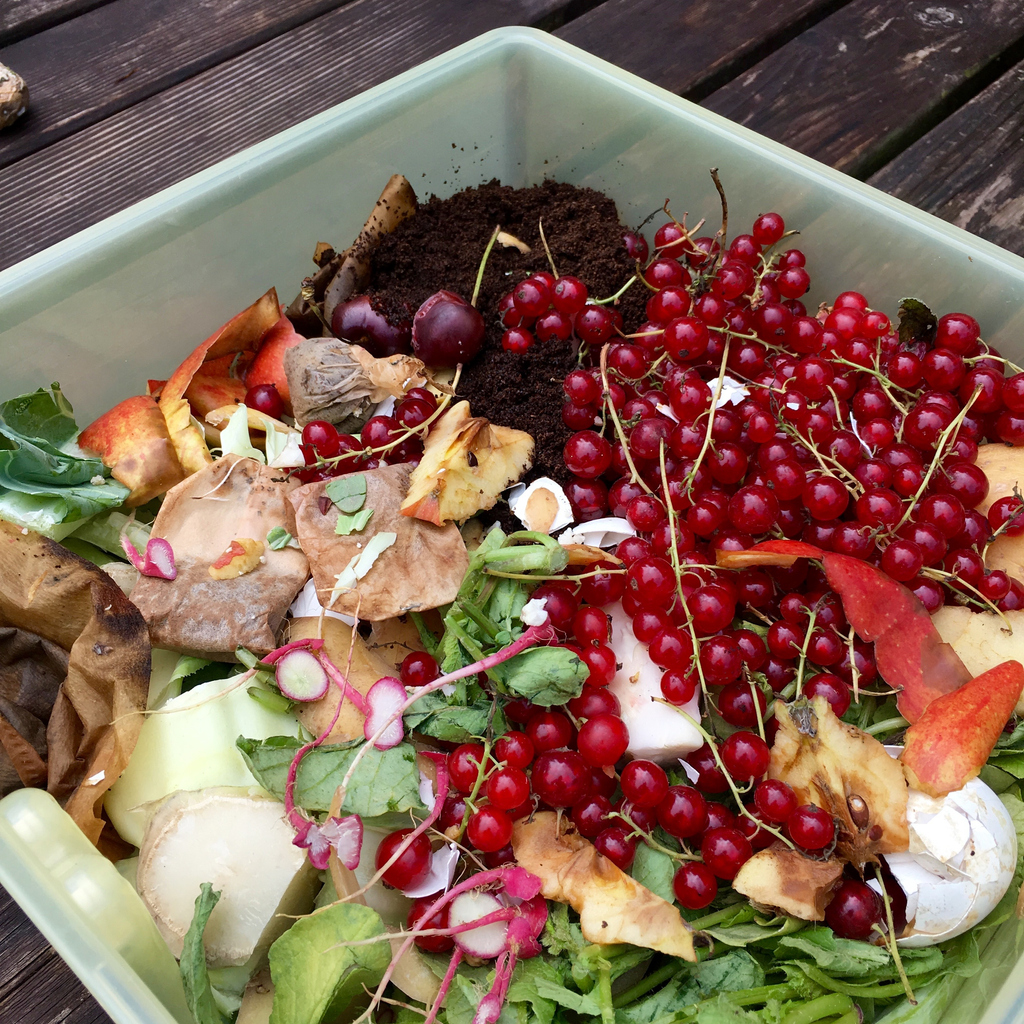
A strong dose of compost tea can work wonders to improve the vibrancy of your plants. If you already have a compost pile, there’s a benefit to taking the time to brew it into a liquid solution bursting with beneficial microorganisms.
RELATED: 10 Ways to Grow Organic on a Shoestring
4. Club Soda
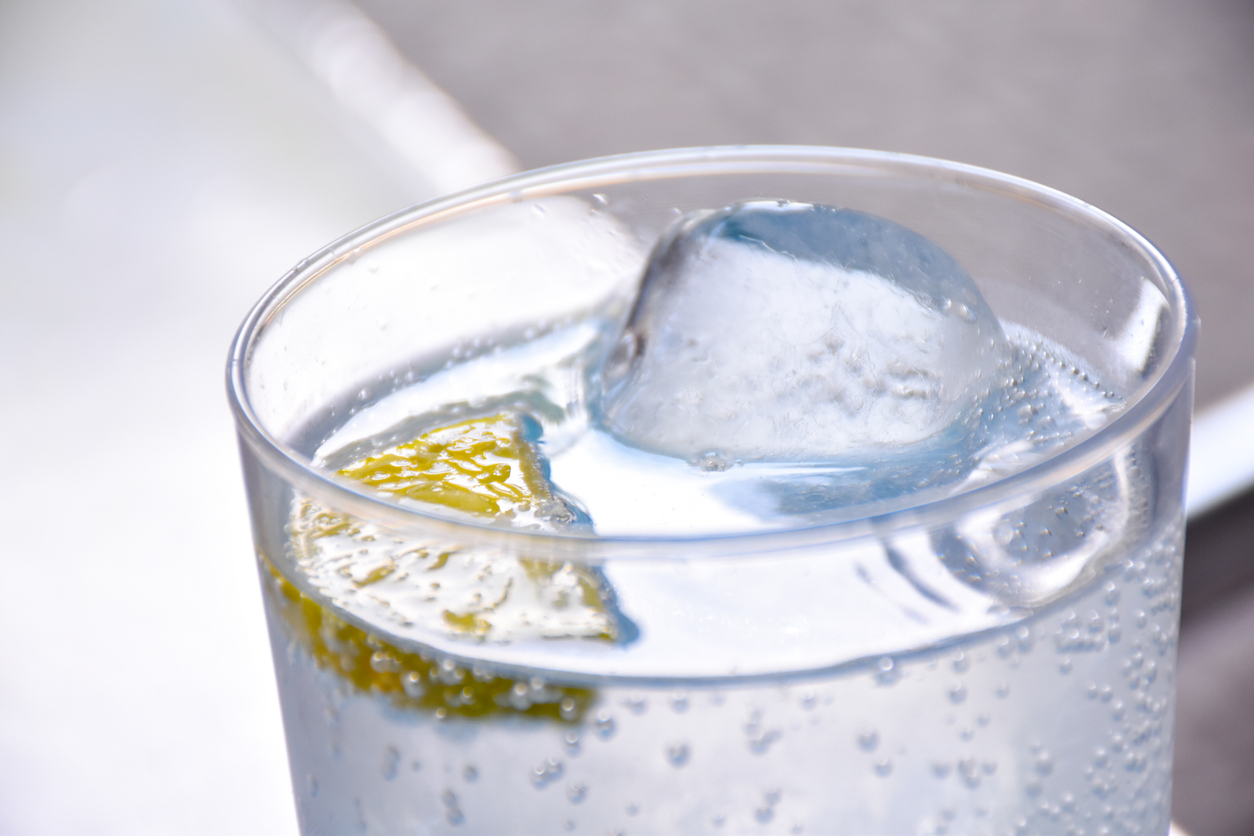
What makes club soda more nutritious for plants than tap water? Carbonated water contains macronutrients, including carbon, oxygen, hydrogen, phosphorus, potassium, sulfur, and sodium, all of which are beneficial for your greenery.
RELATED: 9 Things You Didn’t Know Coca-Cola Can Do
5. Aquarium Water
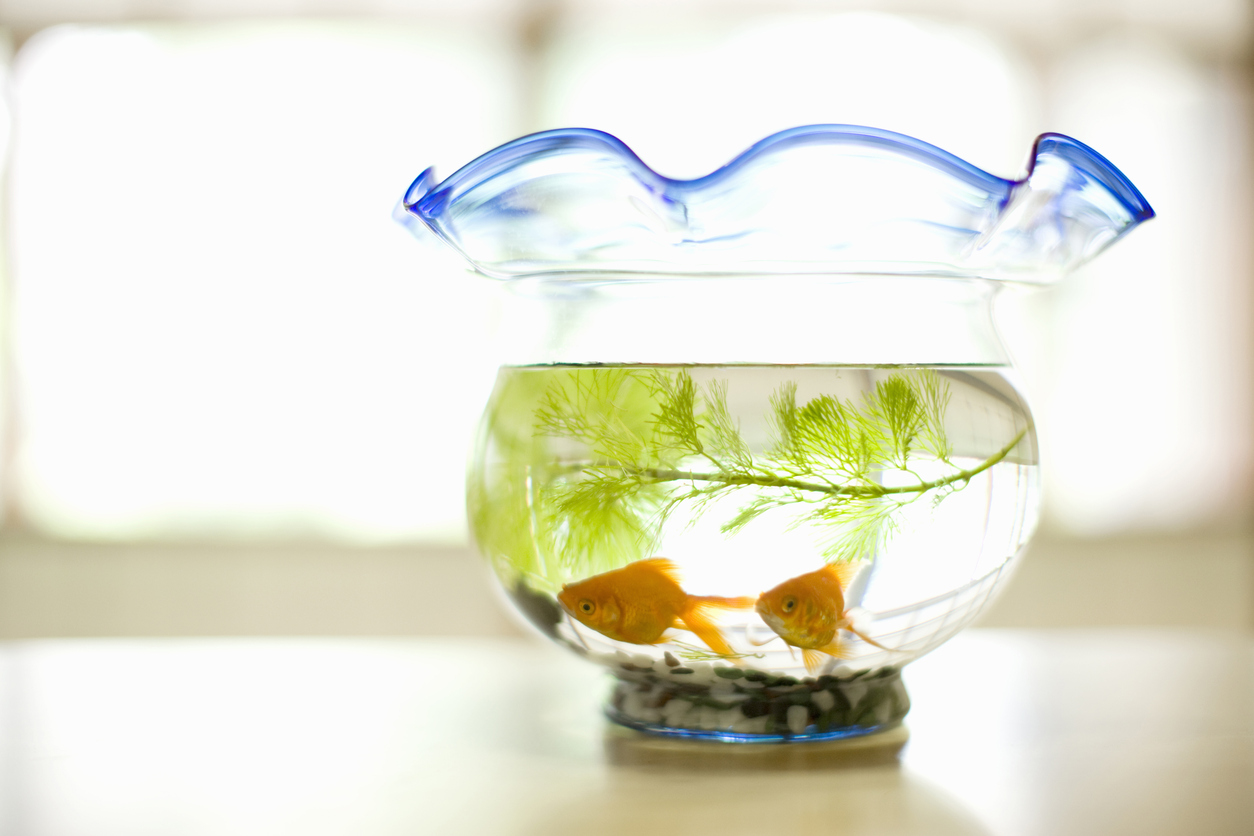
When it’s time to change the water in your fish tank, consider pouring the old water out on your plants. The waste and bacteria in aquarium water may be harmful to fish, but they are beneficial to plants. Just make sure to use freshwater only, not salt water, and apply it only to ornamental plants, not edible ones.
RELATED: How to Clean a Fish Tank
6. Coffee Grounds
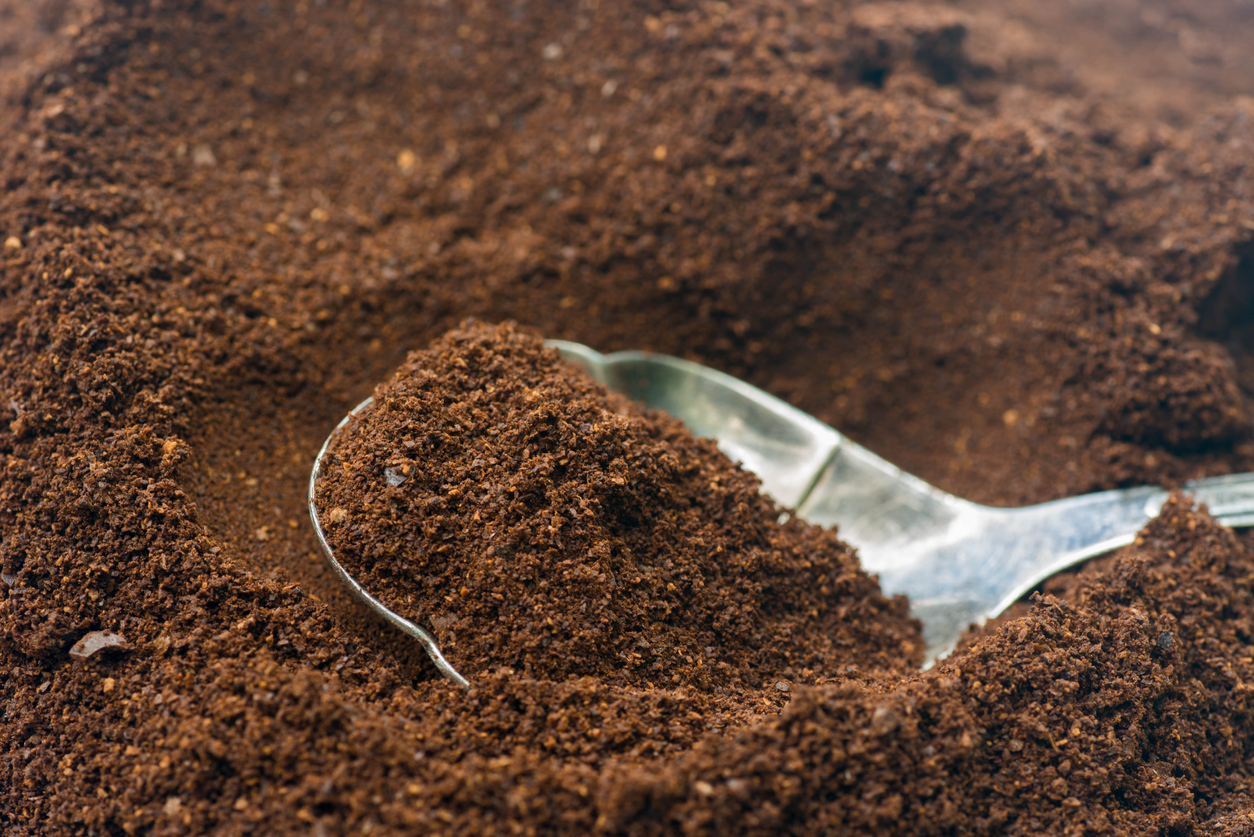
Old coffee grounds have many uses around the house, but they’re particularly effective as plant boosters, thanks to their calcium, potassium, nitrogen, and phosphorus content. Although using coffee grounds in the garden won’t acidify your soil, acid-loving plants like rose bushes and azaleas will still benefit from their presence. Scatter fresh grounds lightly at the base of your plant or add them to the compost pile, where they will mix with other food scraps and leaves to create a rich soil.
RELATED: 30 Plants for Your Easiest Garden Ever
7. Eggshells
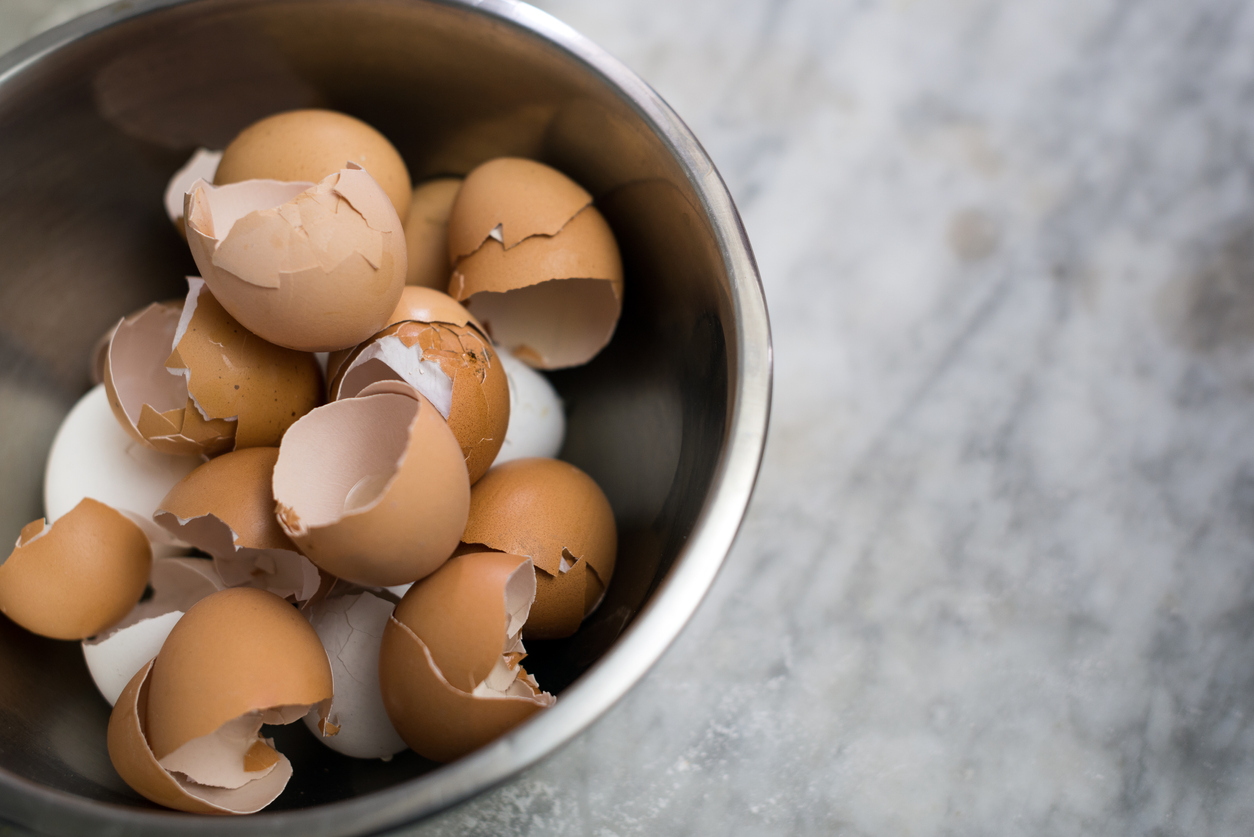
Because of their rich calcium content, eggshells should be tossed in your garden, not in your trash bin. Rinse them, crush them, and add them to plants like tomatoes that are often plagued by calcium deficiency. Or, start seedlings in eggshells that have been carefully halved and rinsed. When the seedlings are big enough to be transplanted, plant them right in the ground, shell and all; the shell will biodegrade over time.
RELATED: How Soil Amendments Can Improve Your Garden
8. Tea Leaves
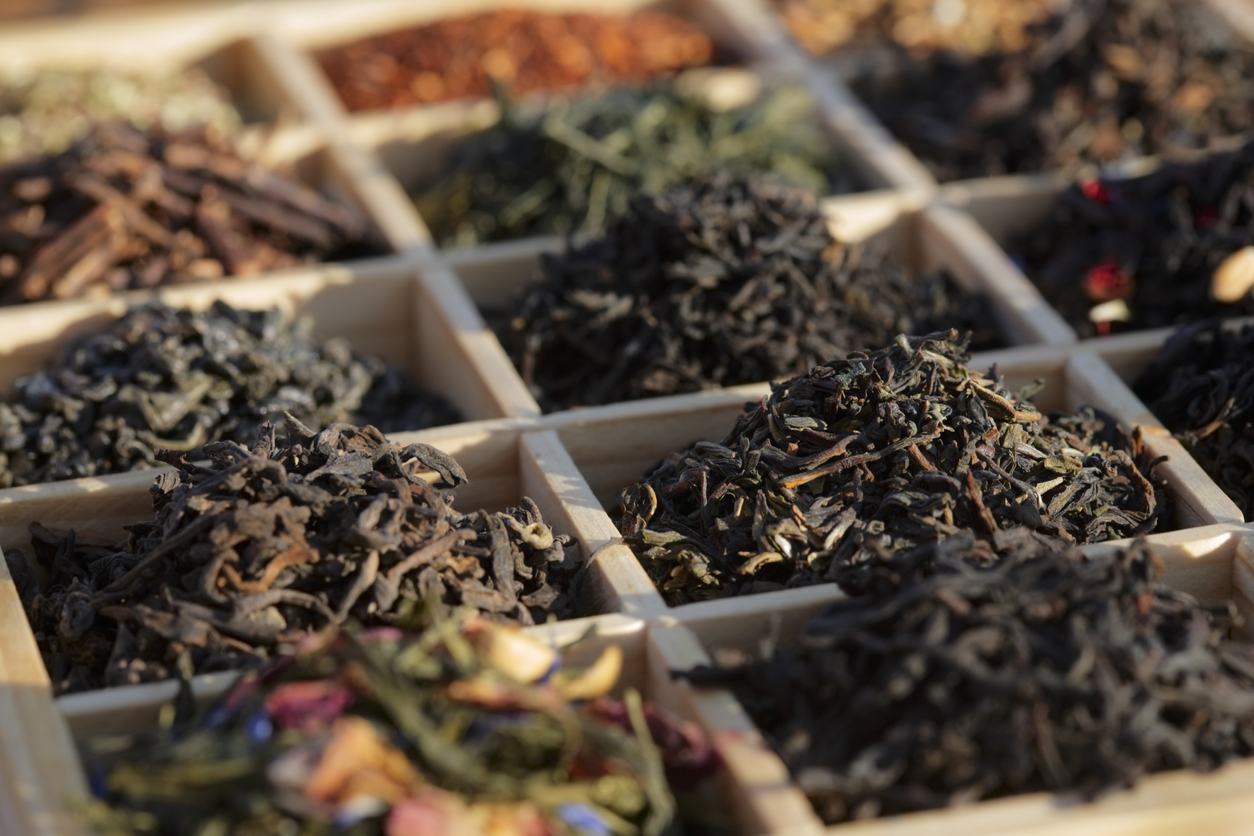
Used tea leaves contain the three nutrients you need for a good fertilizer: nitrogen, potash, and calcium. Sprinkle them at the base of your plant for a budget-friendly boost of nutrients.
RELATED: 10 Surprising Things You Can Do with Used Tea Bags
9. Grass Clippings
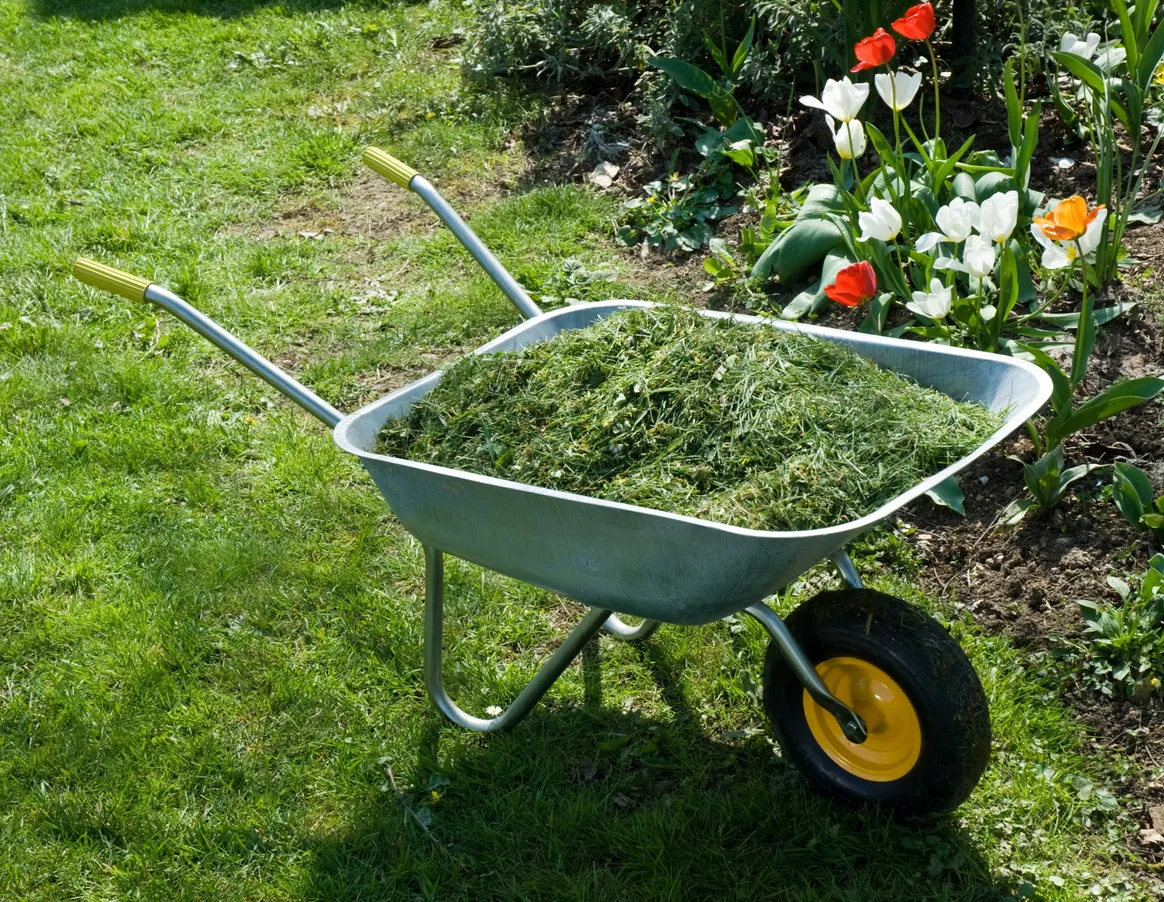
Adding a thin layer of grass clippings to your vegetable garden can prevent weed growth and help plants retain moisture. Apply no more than one-quarter inch of grass mulch; adding too much could inhibit water from passing through. Grass clippings that are full of weed seeds should be composted rather than applied directly to your garden—the heat from a properly maintained compost pile will kill the weed seeds.
RELATED: What to Do With Grass Clippings After Mowing
10. Aged Cow Manure
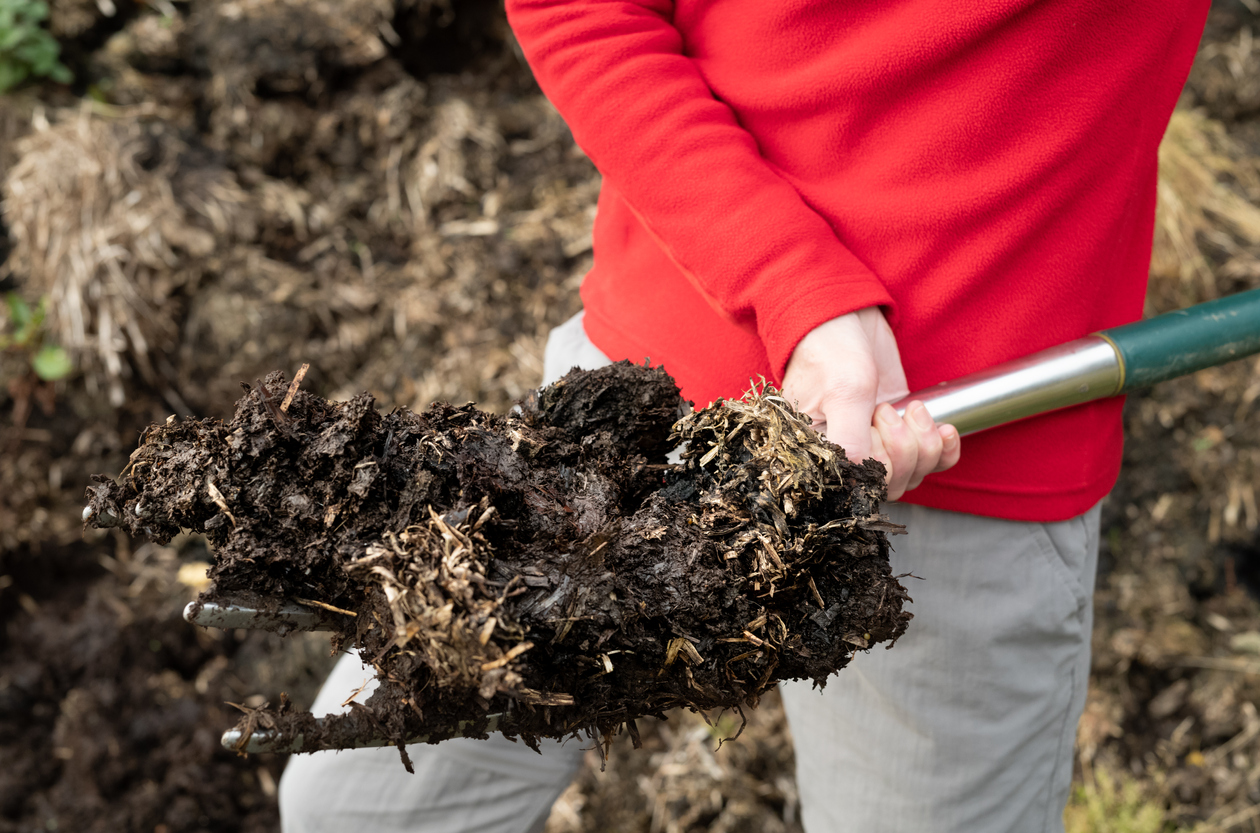
Aged cow manure, also known as well-rotted manure, is rich in nutrients that plants love and does a great job of retaining moisture. Just make sure not to use fresh manure since it’s too strong for most plants. Aged manure looks very similar to peat, with a dark crumbly composition that’s odorless and has a consistent appearance throughout. It can take anywhere from a few weeks to a year for manure to be considered aged—it ages fastest in hot climates. Apply a 1- to 2-inch layer across your garden beds and watch them thrive.
RELATED: What’s the Difference? Garden Soil vs. Potting Soil
11. Dead Leaves
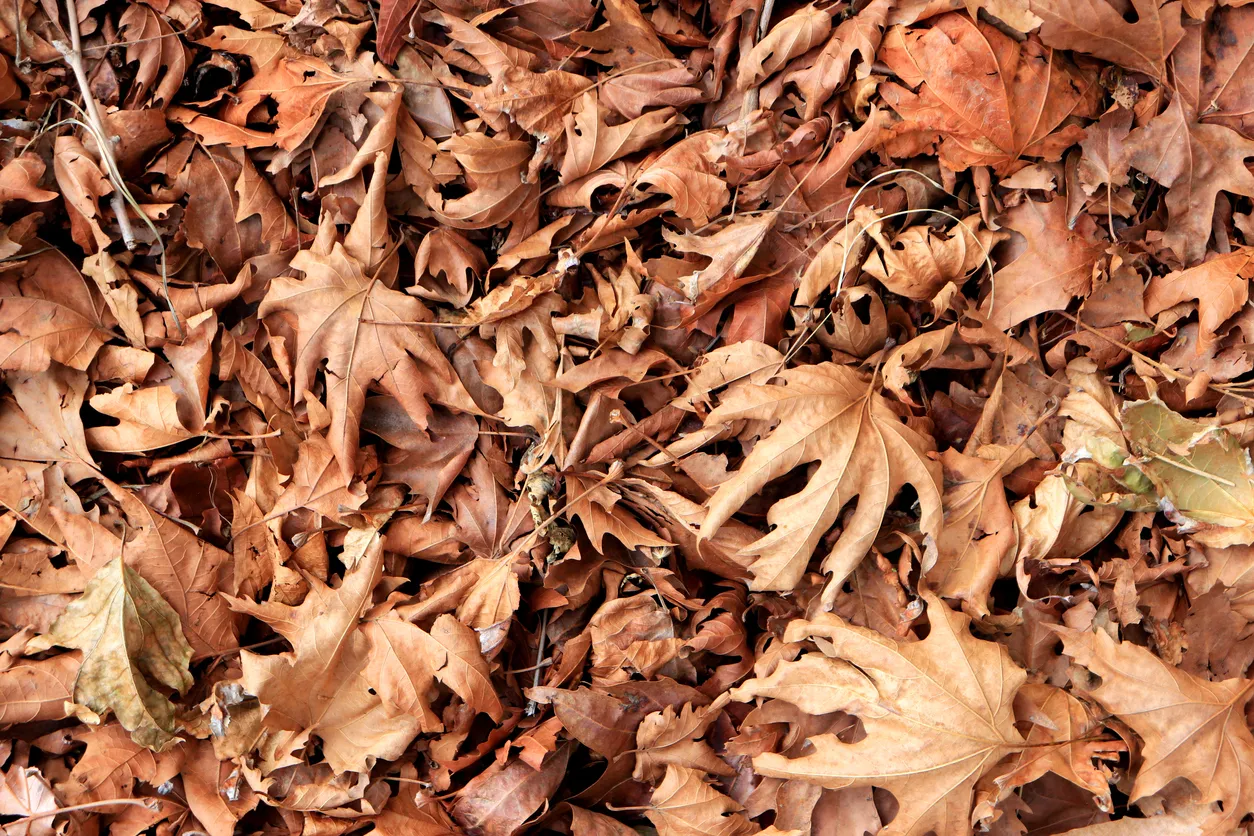
Instead of tossing dead leaves, shred them up with your lawnmower and use them as mulch. They provide a wide range of essential nutrients—in fact, they can potentially fully replace synthetic fertilizers since they often provide more nutrients than the store-bought stuff. Apply them in the fall to allow the weather and various organisms to slowly absorb them into the soil throughout the cooler months.
RELATED: Why Mowing Leaves is Better Than Raking Them
12. Weed Tea

Weeds can actually help your garden grow when steeped into a fertilizing tea. Next time you weed, save some to fill a large bucket to its halfway mark. Then fill the bucket with non-chlorinated water and stir it daily for at least 3 days or up to 2 weeks. You can add a screen on top of the bucket to prevent mosquitoes from breeding on the water. Once the tea is done steeping, strain off the liquid and spray or pour it onto hungry plants. Return the soaked weeds to your compost pile.
RELATED: 5 Things to Do With Weeds After You Pull Them
13. Blackstrap Molasses
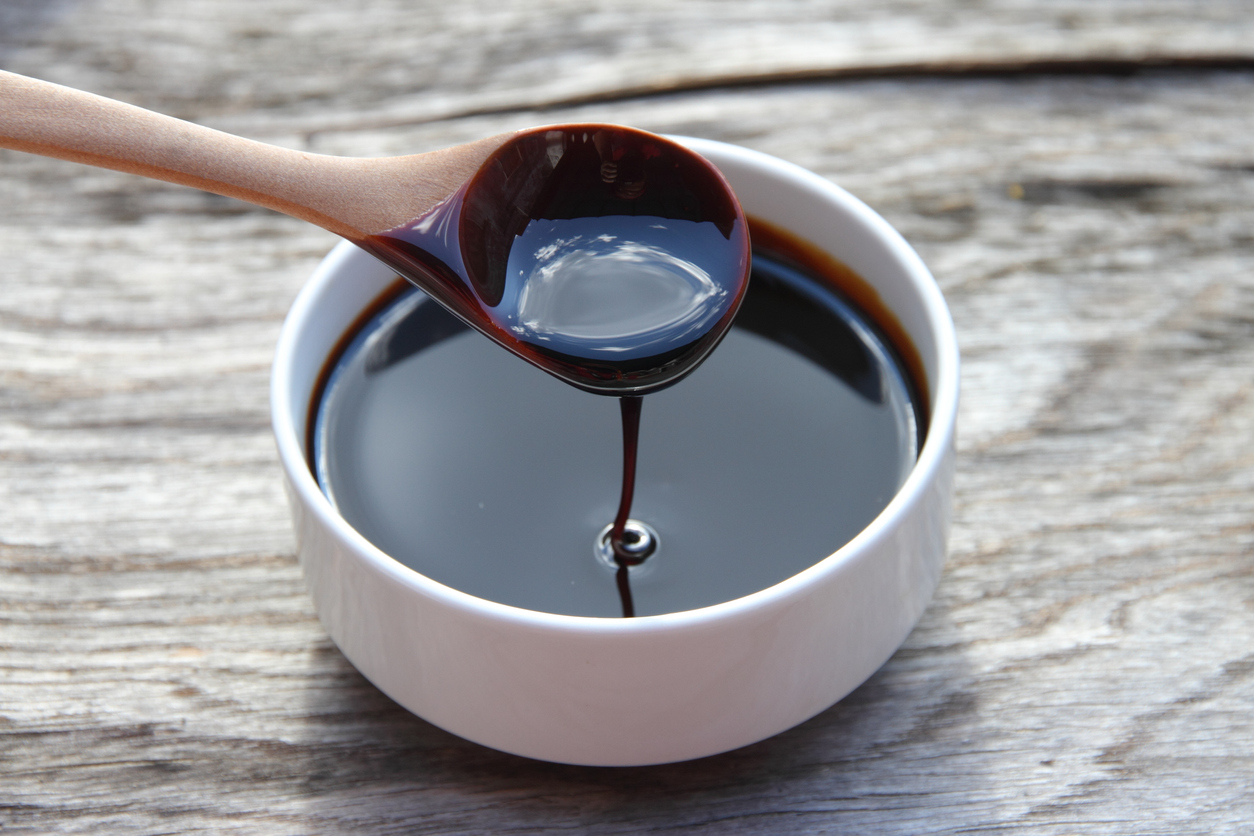
A byproduct of sugar cane or sugar beet processing, blackstrap molasses contains beneficial plant nutrients, like magnesium, iron, potassium, and calcium. You can add it to organic fertilizers to give them a nutrient boost, or mix it with water and pour it onto the soil or spray it onto plant leaves, which will quickly absorb the sugar.
RELATED: 17 Pantry Foods That Never Expire
14. Boiled Vegetable Water
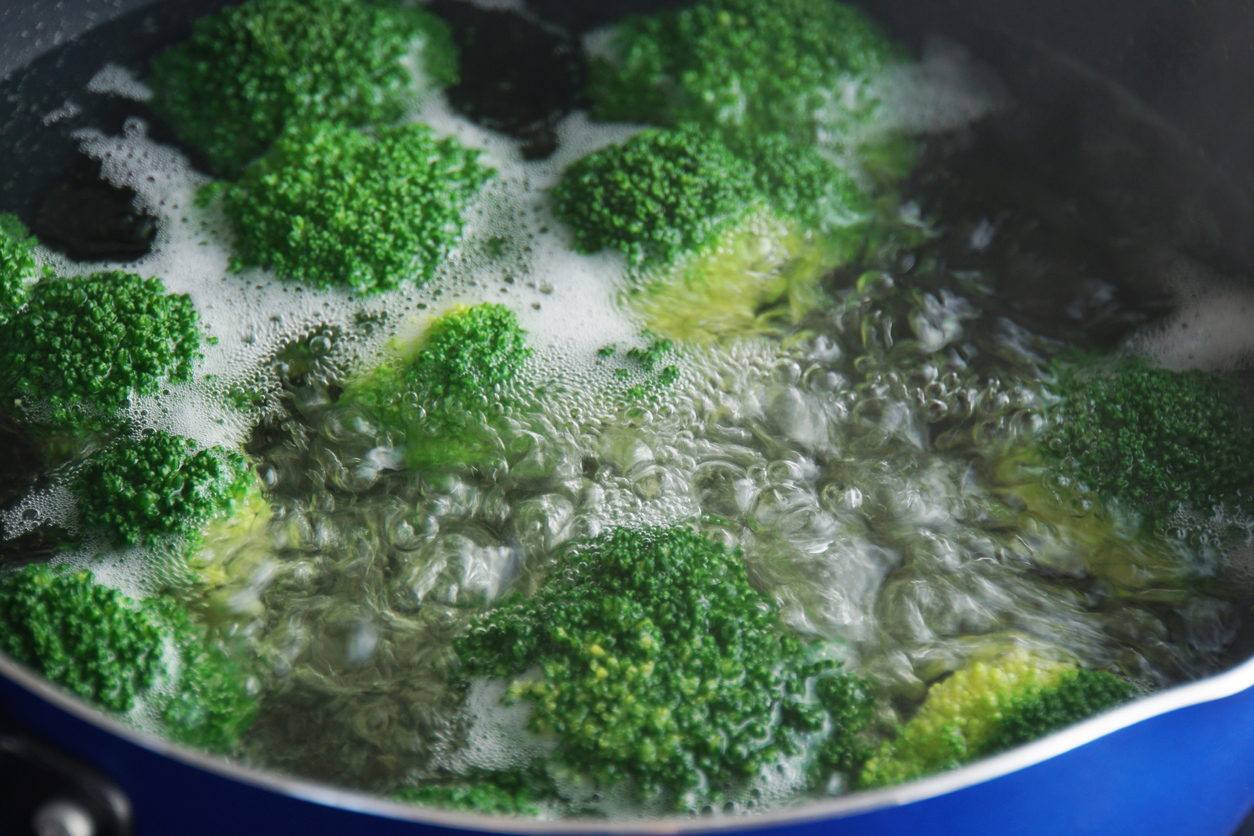
The next time you boil vegetables for dinner, save the water to treat your plants to a drink full of vital nutrients, like calcium, iron, and nitrogen. Just make sure the water doesn’t contain any salt, and let it cool to room temperature since boiling hot temps can kill your plants.
RELATED: 20 Totally Free Ways to Start a Garden This Year
15. Homemade Plant Food
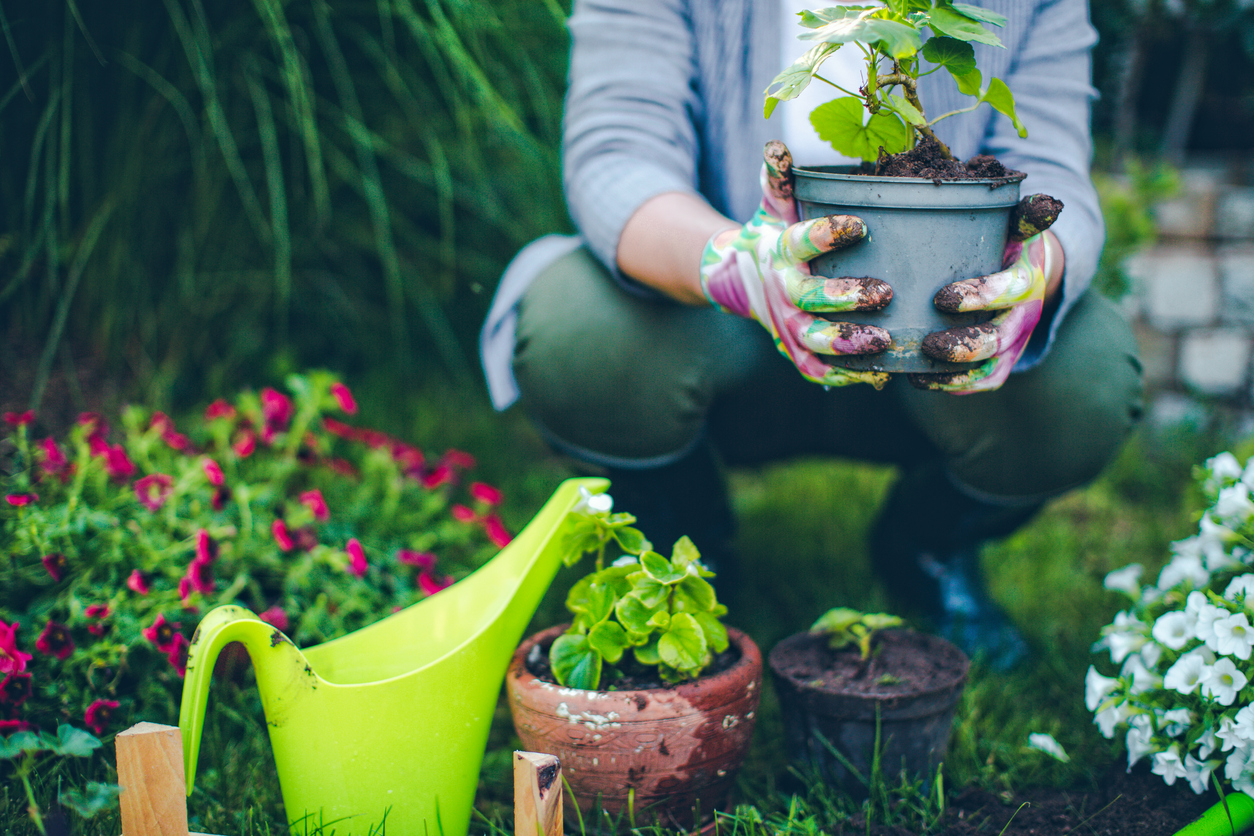
When taken together, a few simple household ingredients can offer big benefits to plants at a fraction of the cost of commercial fertilizers. Epsom salts, baking soda, and household ammonia can be combined to create a fertilizer that helps plants maintain healthy foliage and stimulates growth. Read our tutorial on how to make your own fertilizer for plants.
